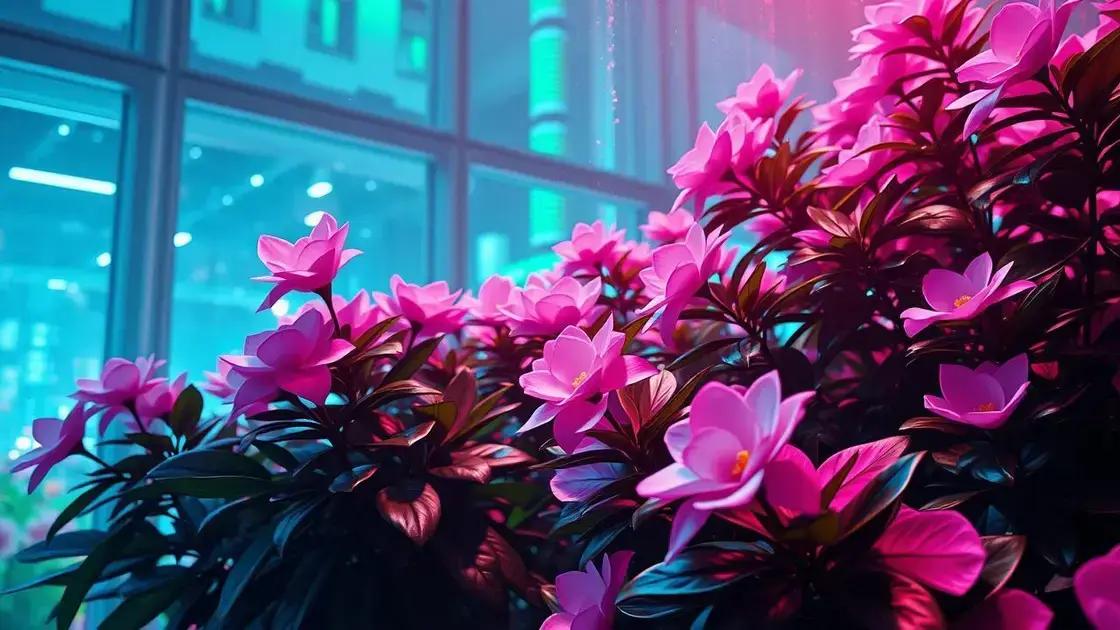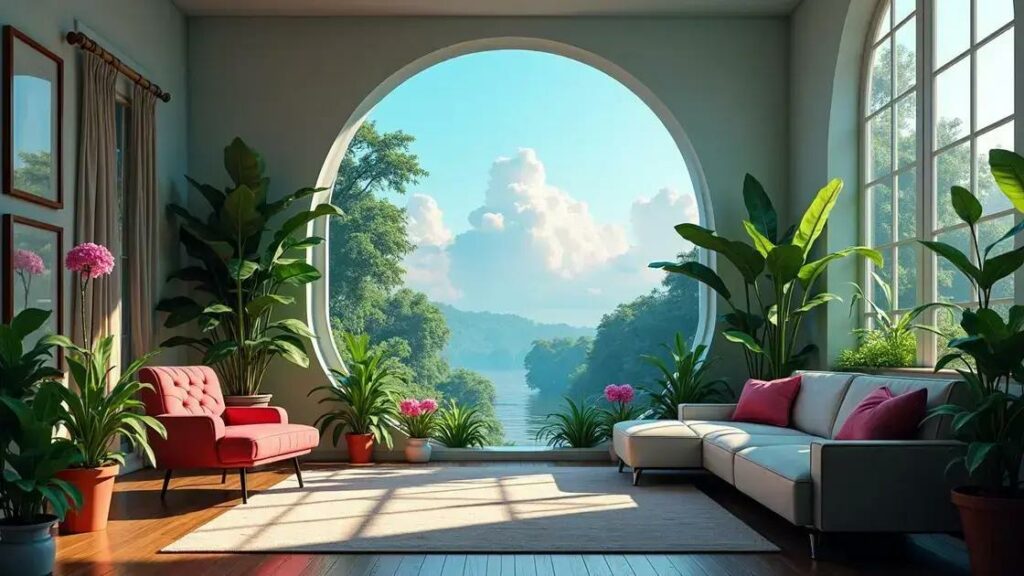How to take care of a gardenia plant indoors is a question many plant lovers ask, driven by the alluring fragrance and beauty of these flowers. If you’re looking to nurture them in your home, you might be concerned about the specific needs that ensure their healthy growth. Dive into some essential tips below that will transform your indoor gardening experience.
Table of Contents
ToggleUnderstanding gardenia plant light requirements
Understanding gardenia plant light requirements is crucial to ensuring your gardenia thrives indoors. These plants thrive in bright, indirect sunlight but can suffer if exposed to intense, direct light. Here’s what you need to know about providing the right lighting conditions.
Gardenias prefer:
- Bright but filtered sunlight
- About 6 hours of light daily
- Protection from harsh afternoon rays
To make the most of your indoor gardenia plant, consider the following tips:
- Position your gardenia near east or south-facing windows for optimal morning sunshine.
- If natural light is limited, use grow lights to supplement lighting.
- Avoid placing them in dark corners or shaded areas.
Best practices for indoor gardenia lighting:
Creating the ideal environment involves not only light but also temperature considerations. Gardenias flourish best in:
| Temperature Range | Light Requirement |
|---|---|
| 65°F to 70°F (18°C to 21°C) | Bright, indirect sunlight |
| Above 55°F (13°C) at night | Avoid direct sunlight |
For those interested in enhancing their indoor plant knowledge further, exploring indoor gardening techniques can offer valuable insights.
Addressing common questions:
- Can my gardenia survive in low light? No, insufficient light may hinder flowering and overall health.
- How often should I move my gardenia to change lighting conditions? Adjust your plants if they show signs of stretching towards light or if leaves start to yellow.
Effective watering schedule for indoor gardenias

Effective watering schedule for indoor gardenias is essential for their growth and blooming success. Proper watering ensures that your gardenia remains hydrated but not waterlogged. Here’s everything you need to know about how to maintain a consistent watering routine for your indoor gardenia.
To achieve the best results, follow these guidelines:
- Water your gardenia when the top inch of soil feels dry.
- Ensure thorough drainage and avoid excess water at the bottom of the pot.
- Use room-temperature water to avoid shocking the plant.
Steps for establishing a watering routine:
- Check the moisture level daily using your finger.
- Adjust your watering frequency based on the season; it may be more frequent in warmer months.
- Monitor the gardenia’s leaves; yellowing may indicate overwatering, while browning edges can signal underwatering.
Consider these common troubleshooting tips:
| Issue | Cause | Solution |
|---|---|---|
| Yellow leaves | Overwatering | Reduce watering and improve drainage |
| Browning leaf tips | Underwatering | Increase frequency, check soil moisture |
Ultimately, an effective watering schedule plays a crucial role in keeping your indoor gardenias healthy. For more insights, consider exploring indoor gardening techniques.
Addressing common questions:
- How often should I water indoor gardenias? Typically, every 1-2 weeks, but check soil moisture.
- Can I use tap water for my gardenia? Yes, but let it sit for 24 hours to dissipate chlorine.
Common problems and solutions for gardenia care
Common problems and solutions for gardenia care are essential to understand if you want your indoor gardenia to thrive. Identifying issues early can prevent long-term damage and help your plant flourish. Let’s look at some prevalent problems, their causes, and effective solutions.
Key issues with gardenia plants include:
- Yellowing leaves
- Dropping buds
- Pest infestations
Understanding yellowing leaves:
The most common issue faced by gardenia caretakers is yellowing leaves, often due to overwatering or nutrient deficiencies.
- Check soil moisture before watering.
- Use a balanced fertilizer to ensure proper nutrients.
Handling drooping or dropping buds:
This situation can indicate stress caused by changes in light, temperature, or humidity. Here’s how to address it:
- Avoid sudden changes in the plant’s environment.
- Ensure optimal humidity levels, around 40-50%.
Pest management strategies:
Insects such as aphids and spider mites can damage your gardenia. Here’s how to tackle pest problems:
- Regularly inspect your plant for signs of pests.
- Use neem oil or insecticidal soap as a natural repellant.
- Isolate affected plants to prevent spreading.
If you want to gain further insights into keeping your gardenias healthy, consider exploring indoor gardening techniques.
Addressing common questions:
- What should I do if my gardenia is wilting? Check for adequate watering and ensure good drainage.
- Can I revive a gardenia with yellow leaves? Yes, adjusting your watering routine and fertilizing can help them recover.
In conclusion
Caring for indoor gardenias can be a rewarding experience when you understand their specific needs. By ensuring proper light, establishing an effective watering schedule, and addressing common problems proactively, you can enjoy the beauty and fragrance of these stunning plants in your home. For additional insights and tips on enhancing your indoor garden, continue exploring and learning about the fascinating world of indoor gardening.

